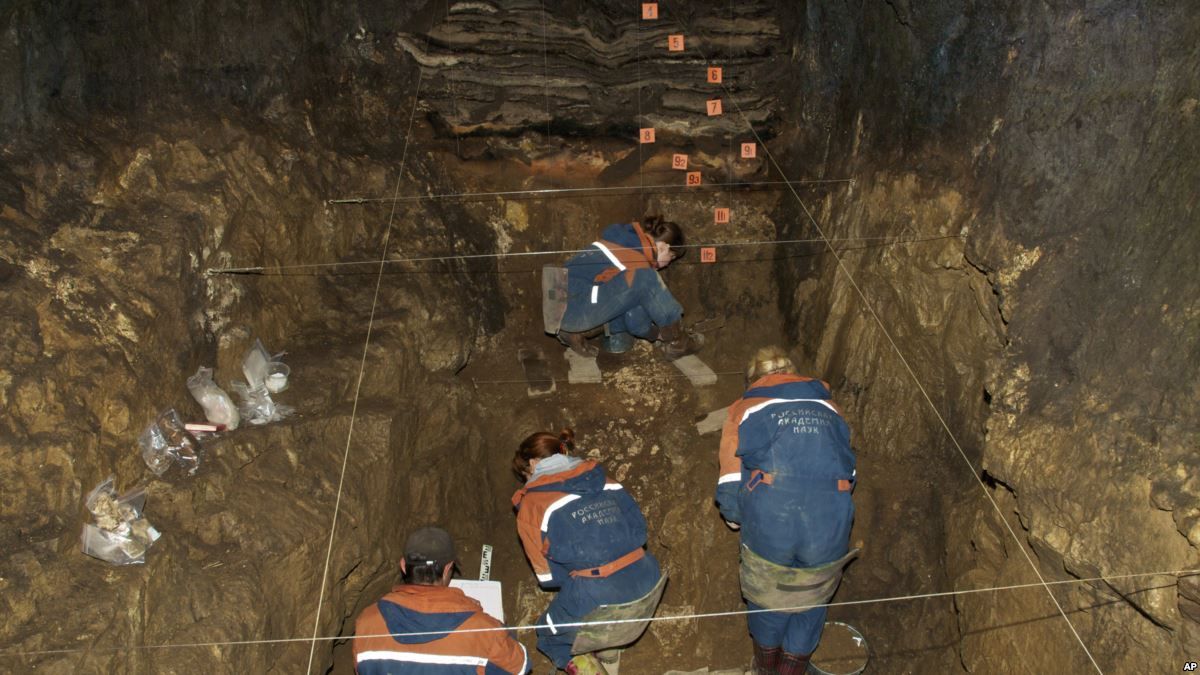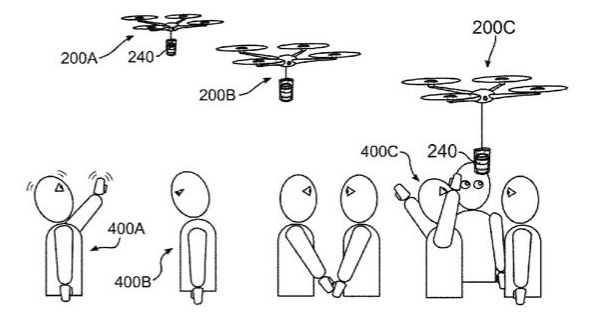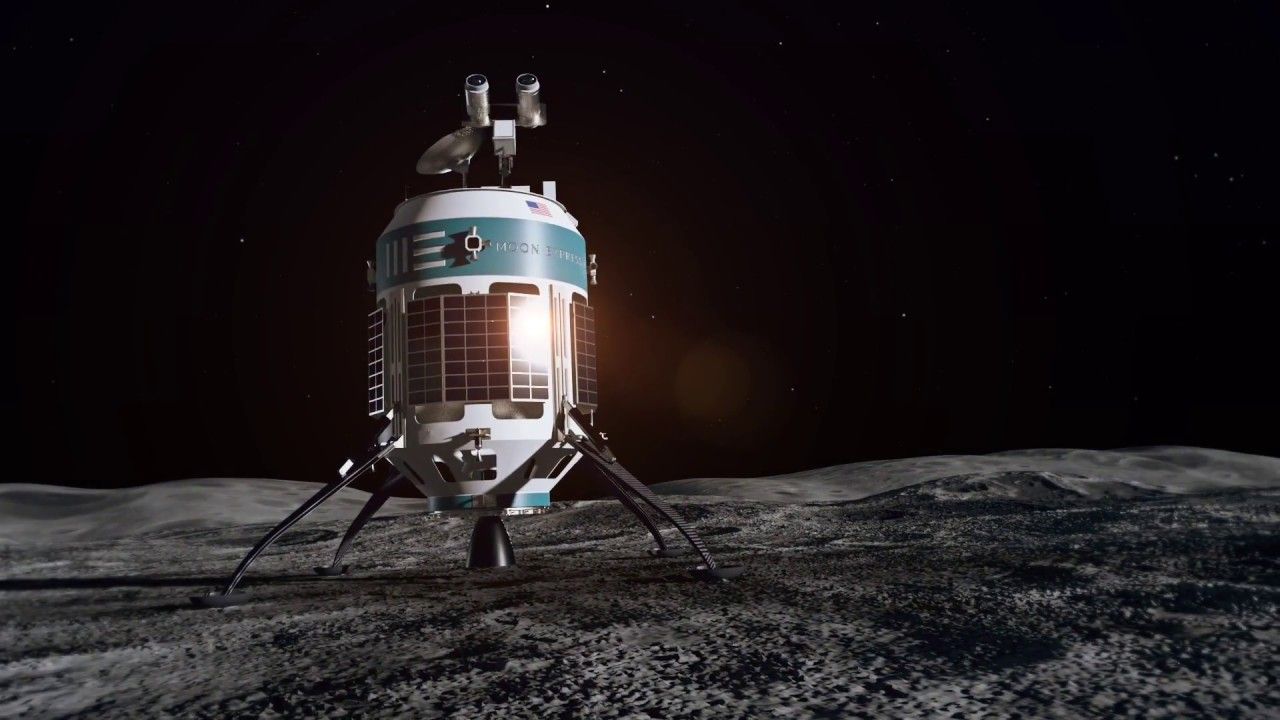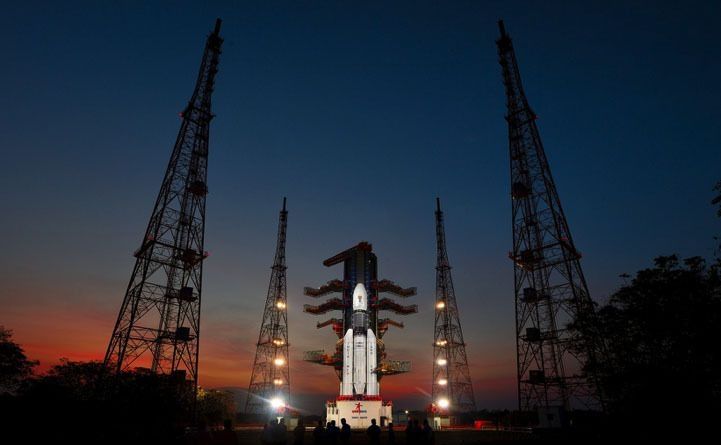Scientists have recently discovered pieces of bone from an ancient female that include genetic evidence that her parents are two different species related to modern humans.
Moon? Mars? A trillion over 25 years? Lunar space station? Lunar resources? It’s gonna be interesting to see where this goes. It’s kind of a mess. But a good mess, a driven mess. A mess that is leading to real space exploration.
Space exploration is the latest partisan divide, as the Trump administration backs a moon mission and others, including Elon Musk, push for a trip to Mars. Here’s why it all matters.
This years paper that Mark Waser and I did covering our research published by BICA 2018 yesterday with a special thanks to Dr. Jordan from the medical facility in Salt Lake to help with the ‘medical’ related elements of this study, titled:
Feasibility study and practical applications using independent core observer model AGI systems for behavioral modification in recalcitrant populations.
This paper articulates the results of a feasibility study and potential impact of the theoretical usage and application of an Independent Core Observer Model (ICOM) based Artificial General Intelligence (AGI) system and demonstrates the basis for why similar systems are well adapted to manage soft behaviors and judgements, in place of human judgement, ensuring compliance in recalcitrant populations. Such ICOM-based systems may prove able to enforce safer standards, ethical behaviors and moral thinking in human populations where behavioral modifications are desired. This preliminary research shows that such a system is not just possible but has a lot of far-reaching implications, including actually working. This study shows that this is feasible and could be done and would work from a strictly medical standpoint. Details around implementation, management and control on an individual basis make this approach an easy initial application of ICOM based systems in human populations; as well as introduce certain considerations, including severe ethical concerns.
Moon-mining enthusiasts were particularly gleeful this week when researchers claimed that they had found definitive evidence that water ice exists on the surface of the Moon. There’s even more water ice than we thought up there, too, and we know exactly where a lot of it is. That may make it even easier to mine this water in the future.
Long before this discovery, researchers have been eager to scoop up any water that may be lurking on the lunar surface. It’s a resource that could be incredibly valuable for future long-term missions on the Moon since water is essential for life to function here on Earth. It could be recycled inside a lunar habitat or used for drinking water or bathing. It could also be used to help plants grow on the Moon, which are needed to nourish future lunar inhabitants.
A university in Singapore has conducted one of the first practical flights of a solar-powered quadcopter drone.
The prototype has flown as high as 10 meters (about 33 feet) in test flights using solar power with no battery or other energy storage on board, according to the National University of Singapore (NUS), which announced that an engineering team had conducted the test flight.
“Rotary winged aircraft are significantly less efficient at generating lift compared to their fixed wing counterparts [so] a viable 100 per cent solar rotary aircraft that can take-off and land vertically remains a major engineering challenge to date,” the university said in a statement.
The announcement came as a surprise to many people within ISRO, the country’s space agency.
Such a feat would make India just the fourth country to put a human into space, after Russia, the United States, and China. But it was soon revealed that the announcement came as a surprise to many people within ISRO, the country’s space agency.
“We were not expecting it,” said ISRO chairman K. Sivan in a press conference, before adding, “It is not an unrealistic schedule. We are confident of achieving it even before 2022.”
NASA — National Aeronautics and Space Administration has issued an alert that a “potentially hazardous asteroid” is on a “close approach” towards Earth.
NASA has issued an alert that a “potentially hazardous asteroid” is on a “close approach” toward Earth. However, it’s nothing to be alarmed at, as the asteroid is expected to zoom past the planet approximately 3 million miles away.
The enormous space rock, known as asteroid 2016 NF23 and estimated to be between 230 and 525 feet in diameter, will zip past Earth on Aug. 29 at a velocity of 9.04 kilometers per second, or approximately 20,000 miles per hour, the government space agency said on its Earth Close Approaches page.
It is the third largest near-Earth object (NEO) on the page, behind two other asteroids which will fly past Earth in the early part of September: 2001 RQ17 and 2015 FP118.








